Interview: Henry Barajas' Brings His Heritage to Comics with 'Tata Rambo'
Oct 15, 2020
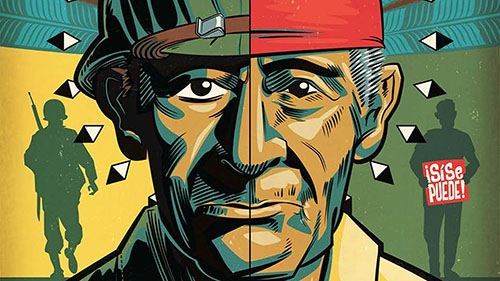
Interview by Troy-Jeffrey Allen
As of this writing, today, October 15th, marks the official conclusion of Hispanic Heritage Month. This annual celebration focuses on the achievements, legacy, culture, and diversity of Latin Americans and Hispanic Americans (respectively). Naturally, that includes, but is not limited to comics.
From heavy hitters like George Perez and Axel Alonso to talents such as Gabby Rivera and Lea Hernandez -- our beloved medium has an impressive and complex history with Hispanic and Latin culture. Writer Henry Barajas sees that history as ever-evolving. Which is why he's telling his own personal tale in the pages of LA VOZ DE M.A.Y.O: TATA RAMBO. Keep reading.
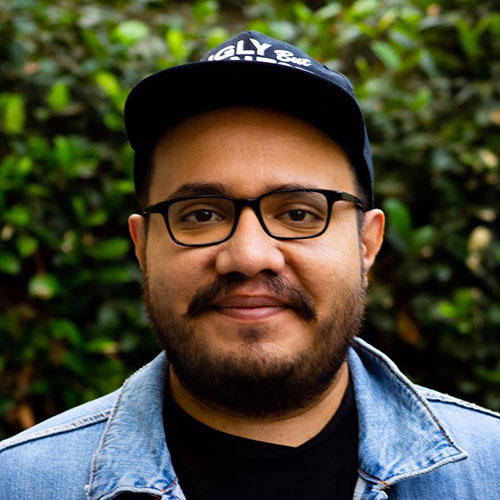

PREVIEWSworld: Firstly, Happy Hispanic Heritage Month! Thanks for doing this interview.
Henry Barajas: Thanks for asking. I’m honored you’re doing this.
So who is “Tata Rambo?”
Tata Rambo was a nickname for my great grandfather Ramon Jaurigue. He was a WWII veteran, orphan, chicano activist, author, editor, and publisher. He championed for equal rights for his community that was nearly the sole population of the Yaqui tribe — and a majority latino migrants. I later found out that Tata Rambo wasn’t a nickname some of his children appreciated. They thought it made light of his contribution to this country, so I wanted to really show him a positive light.
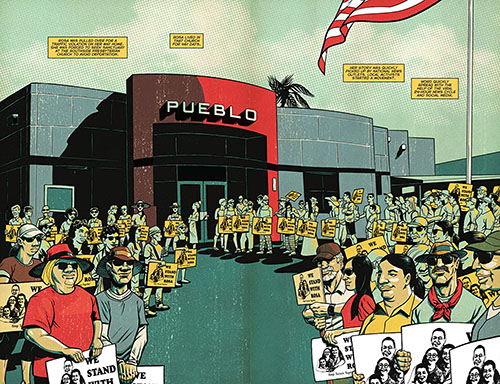
Tell us about M.A.Y.O. (Mexican, American, Yaqui, and Others). What was their role in this?
MAYO was an organization composed of what we now know as the Old Pasqua community. They took it upon themselves to inform their communities about what was happening not only in their community but at the city, state, and national levels. They were all indigenous or migrants from the northern part of Mexico which ended up as Arizona in the Gadsden Purchase.
The City of Tucson wanted to displace the Yaquis to build the interstate-10. But Ramon and MAYO installed sidewalks, plumbing, electrical poles, and trash collection for the immediate community. MAYO found it was important for the tribe to keep its land and stay close to the city instead of being displaced near the San Xavier reservation.
Thankfully, they were successful along with the Yaqui tribe keeping their land and getting the additional land near San Xavier. It was a long journey, but, I believe Ramon and MAYO played a key role in making history.
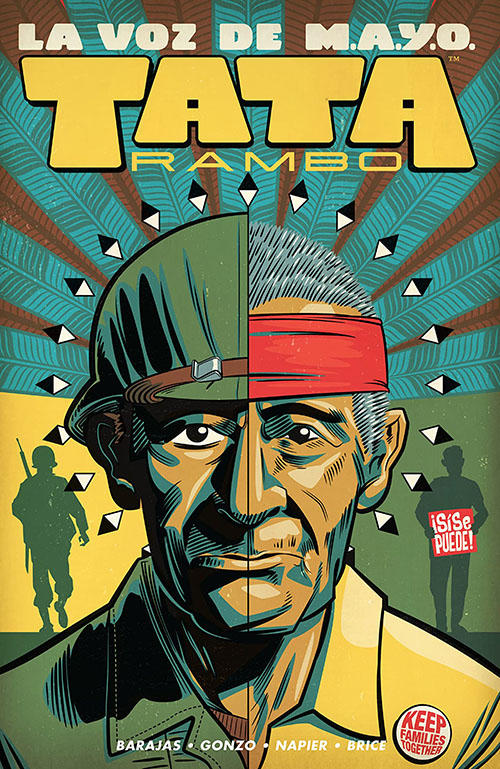
Why was federal recognition so important for M.A.Y.O.?
Until 1978, the Yaquis were considered Mexicans on American soil. They were first “discovered” during the 16th century. It was important to set the record straight and maintain the sovereignty of the Yaqui people.
Is this the first comic you’ve written?
My first published comic was El Loco. He is a Mexican-American super hero that fights the chupacabra and racial profiling. I wrote that 10 years ago, and I had a hard time getting any publisher’s attention. Ahead of its time I guess. I contributed a story to J.H. Williams III & Wendy Wright-Williams’ Where We Live Anthology benefiting Route 99 Country music mass shooting survivors.
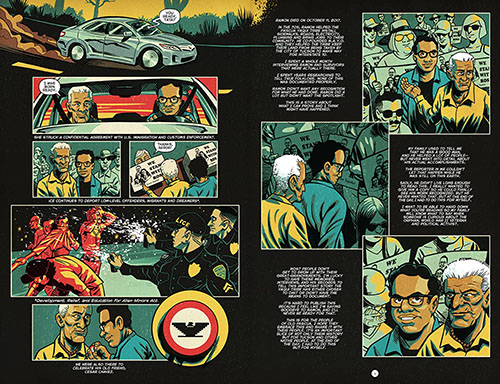
What made it the story you had to tell?
It was important to me to tell Ramon and MAYO’s story because it was criminal to me that they would fade in history without getting some recognition. John Lewis’ March inspired me to take the biography I was writing to pictures and words. The only Latinx heroes we have to look up to are limited to either Dolores Huerta, who doesn’t get enough credit, and Cesar Chavez.
The book definitely has personal roots for you. Did you find yourself discovering all sorts of things about your grandfather that you did not know?
I had no idea he was a writer, editor, and publisher. I thought I was the only one in the family that was a published author. He also was a background actor in some old western films and shows, most noticeably High Chaparral. He worked with the local film commission to employ actual Native Americans to play “indians.” It was inspiring to discover how forward thinking he was despite the major challenges.
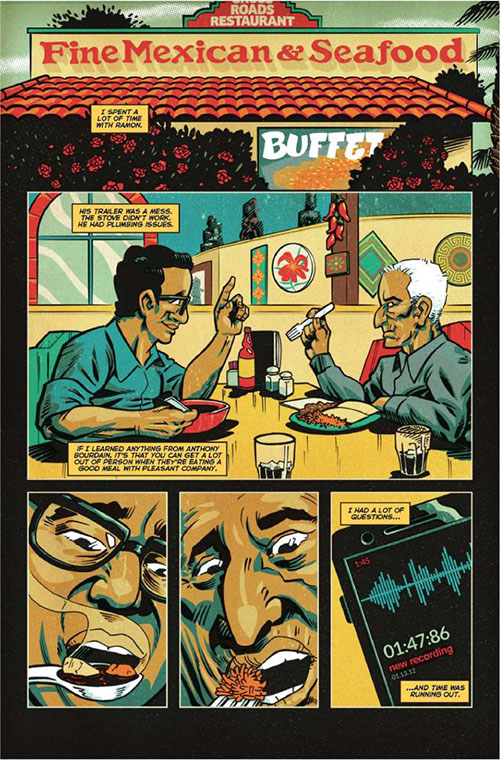
What was it like working with J. Gonzo and Bernardo Brice? I mean, this is history here and family history for you. It must have been difficult finding the right artist.
J. Gonzo was the perfect artist. He’s a smart and talented storyteller. I knew Gonzo would do a lot of the heavy lifting, so I didn’t have to over-write and explain what I was trying to say. Bernardo lettered Where We Live. That was a book with over 150+ artists and writers, so I knew he could handle what we were dropping.
Did J. Gonzo work off of photo references? Was there enough visual documentation to do so?
Yes. Thankfully, Ramon and his kids did some of the research for me. Sadly, I couldn’t locate found footage. But photos from newspaper clippings and stored documents helped Gonzo get the likeness down.
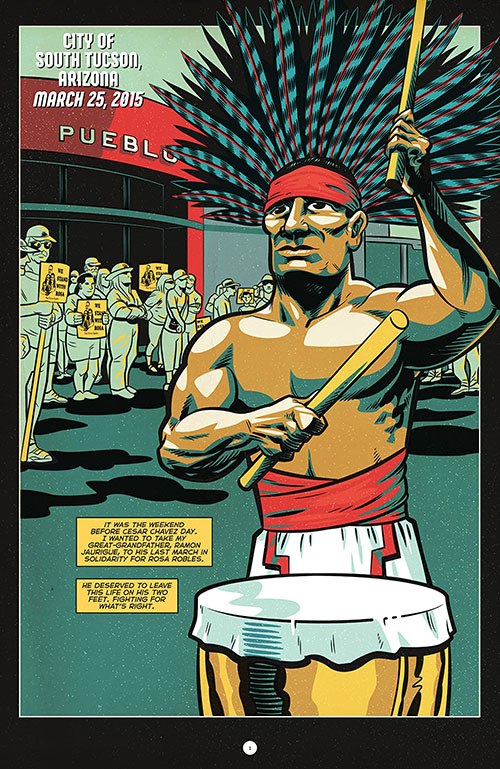
Is the entire creative team Latinx?
I claim Latinx and Gonzo has gone on record to say he is a Latino. My editor Claire Napier is from the UK. It was important to me that someone have some separation on the subject. I was bias and had a personal duty to tell a respectful, accurate story while showcasing Mexican and Native American culture in a positive way.
How did Image Comics & Top Cow get involved?
I am the Director of Operations at Top Cow. My boss, Matt Hawkins, wanted to see what I was taking to Kickstarter and offered to help. He was the one that mentioned that I work with Gonzo. I’m grateful for Image and Top Cow’s willingness to give this book a national and international distribution opportunity.
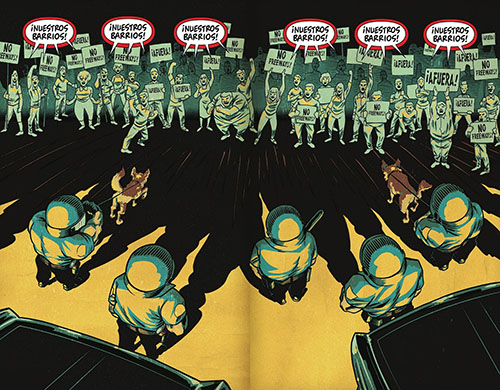
Can readers expect more stories like this from you in the future? Fictional or real.
I plan on telling more stories about Latinx heroes. My goal is to work on a graphic novel about Dolores Huerta. She deserves the March treatment.
Finally, since it is Hispanic Heritage Month and this is very much your heritage – what does this month long celebration mean to you?
I think about this sort of thing year around. February was my favorite because I got to learn more about Black history when I was in grade school. I hope that kids that look like me are able to learn more about themselves and see they are not freaks or aliens. We are just important as anyone else — and we should do a better job at recognizing the past and present for all cultures and people.
LA VOZ DE M.A.Y.O: TATA RAMBO is available now at your local comic shop.
A resonant, neglected slice of American history is brought to life for the first time with art by J. GONZO, letter art by BERNARDO BRICE, editing by CLAIRE NAPIER, and a script by HENRY BARAJAS-the great-grandson of Ramon Jaurigue, a.k.a. Tata Rambo.

Troy-Jeffrey Allen is the producer and co-host of PREVIEWSworld Weekly. His comic book works include BAMN, Fight of the Century, the Harvey Award nominated District Comics, and the Ringo Awards nominated Magic Bullet.




